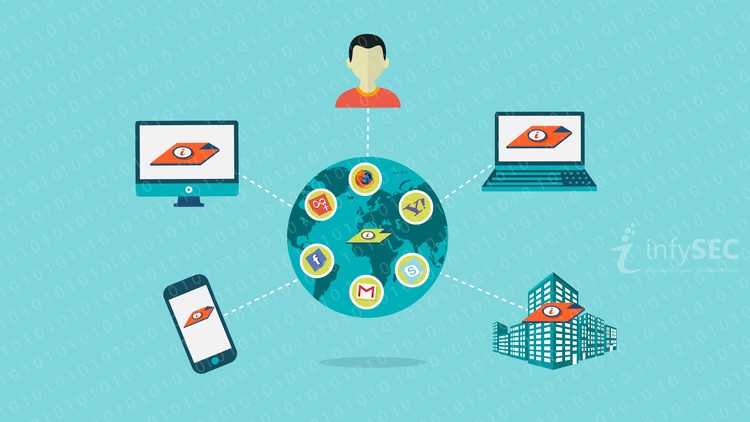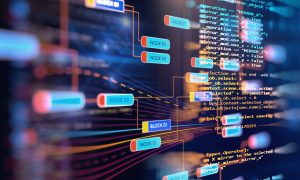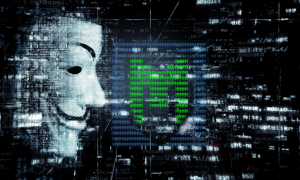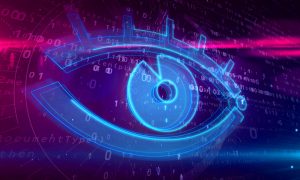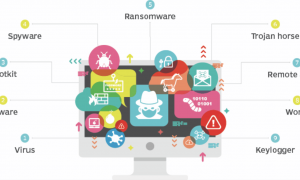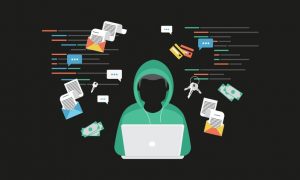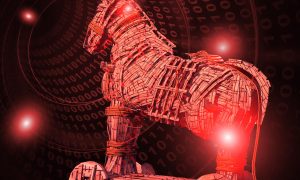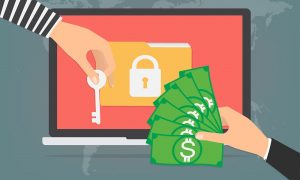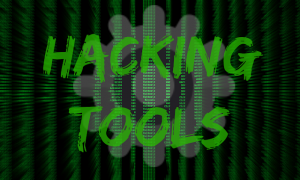The top 10 commands that can be used for information gathering are listed below:
Ping : This command uses your internet connection in order to send some packets of data to a specific web address then these packets are sent back to your PC. The test simply shows the amount of time it took to reach the specific address. In simple words, it helps you to know if the host you pinging is alive. You can use Ping command whenever you need to verify that the host computer can connect to the TCP/IP network and its resources.
nslookup : It is a network administration command – line tool which helps you to obtain domain name or IP address mapping for any specific DNS record.
tracert : It can be used to trace the route than an IP packed has taken to reach a destination. The command calculates and displays the amount of time each hop took to reach a destination.
arp : This command helps you to modify ARP cache. You can run arp -a command on each computer to see whether the computer has the correct MAC address listed for each other to ping each other succeed on the same subnet. This command also helps users to find out if anyone has done arp poisoning in their LAN.
ipconfig : This is the command which shows every useful things. It will show you IPv4 address, temporary IPv6 address, subnet mask, default gateway and all.
netstat : This command can be used to find out who has established a connection with your computer. The command netstat -a will display all the connection, active hosts and all the ports with their status.
Route : This command is used to view and manipulate the IP routing table in the windows OS. This shows the metric and interface along with the routing tables.
Net View : This command displays the whole list of resources, computers or domains that are shared by the specified computer.
Net User : This command is used to modify changes to use accounts on the computer. You can add and remove users using this command.
Net Use : This command is been used to connect, remove and configure connections to shared resources like network printers and other mapped drives. The use of this command is a little bit complicated.
Reference : @hack.nology

